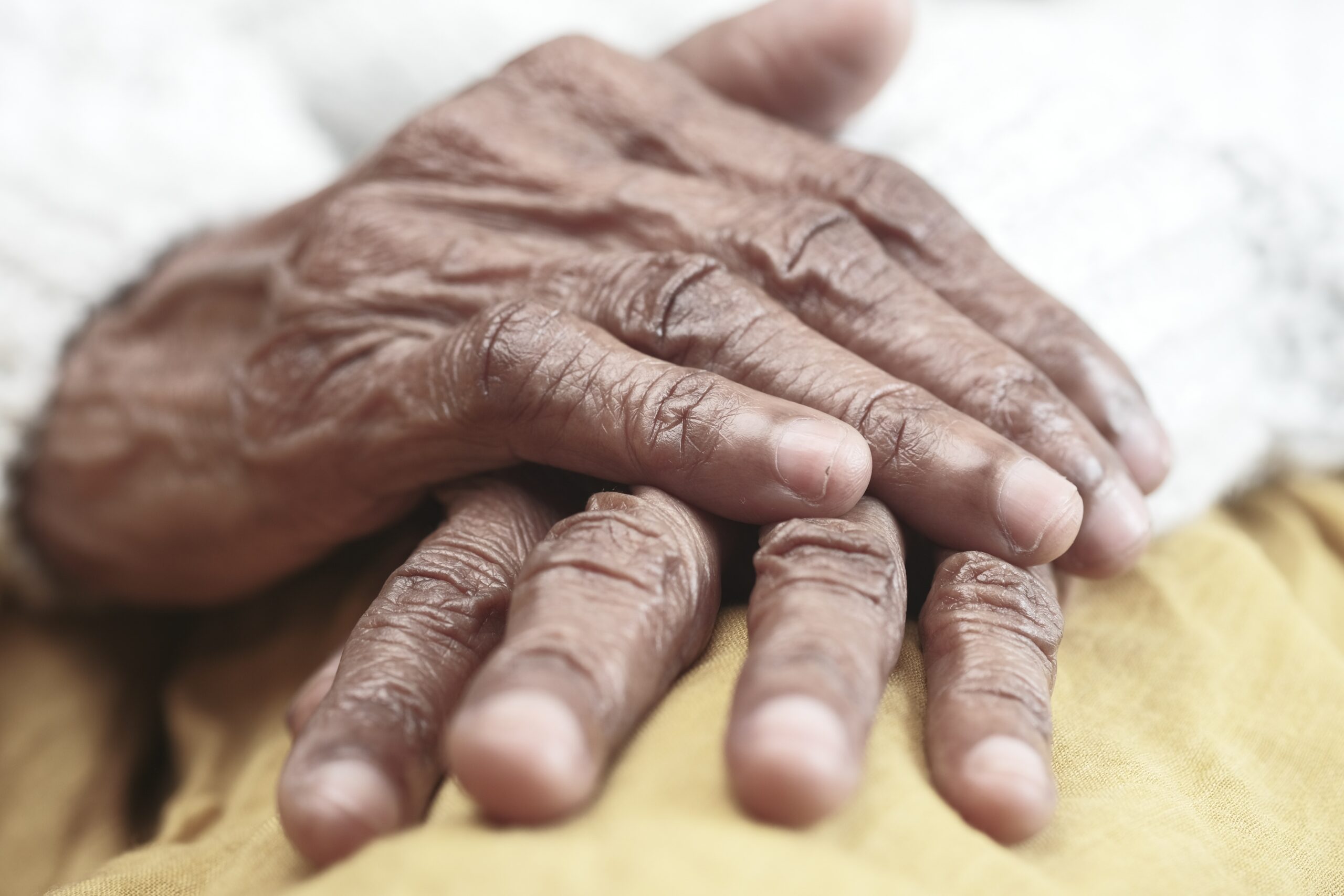21 May Fat stem cells cure osteoarthritis in clinical trials, doctors report

Vietnam is among the few countries doing clinical trials to treat knee osteoarthritis (OA) using stem cells taken from a patient’s fat tissue, and two of the hospitals in the country doing them say the procedure has proved effective so far. Dr. Bui Hong Thien Khanh, head of orthopedics at the Ho Chi Minh City Medicine and Pharmacy University Hospital, told Vietweek that as of last January his hospital had performed the trials on 21 patients with OA of the knees. Doctors use a needle to harvest about 100cc of patients’ abdominal fat, and extract stem cells from the adipose tissues with a centrifuge. The patients’ blood is extracted and also placed in the centrifuge to get platelet-rich plasma.
The stem cells and platelet-rich plasma are then put under a low-energy laser before being injected into the degenerative joints. Khanh said both the plasma and low-energy laser help activate dormant stem cells, which, after activation, can differentiate into cartilage cells to replace the lost ones, and stimulate the damaged cartilage tissues to regenerate. He said reviews six to 18 months after the procedure showed that all the patients had reduced pain, could walk normally, and did not suffer from other complications. An MRI (Magnetic resonance imaging) six months after the operation showed the fibrillation in their cartilage had declined and the damaged cartilage had become thicker, he said. A further 17 have undergone the treatment at his hospital now, he said. Bach Mai Hospital in Hanoi is another hospital to report early success.
Dr. Mai Trong Khoa, its deputy director, told Vietweek via phone that nearly 20 OA patients have received the treatment since early last year, and many of them can now walk and sit without difficulty and do not take or have reduced their daily doses of painkillers.
Every treatment has Achilles heel
OA, also known as degenerative joint disease, is a condition in which the cartilage cushioning the joint surface and protecting two bones from rubbing against each other wears out at a faster pace than the body can repair. The most common of the various kinds of arthritis, it causes pain, limits a person’s movement, and can even lead to disability, doctors warned. It is usually thought to be connected with aging, but doctors said that many young Vietnamese are now getting it. According to the Vietnam Rheumatology Association, 60 percent of people around 65 and 85 percent of those around 80 have OA, but so do a third of all people around 35. The doctors said overuse of joints, trauma caused by traffic or sports accidents, obesity, and inactivity also cause the condition. Depending on the seriousness of the condition, doctors prescribe medication, arthroscopic surgery (to remove damaged cartilage tissue, drill into bone to stimulate the marrow to create new cartilage tissue, or transplant a cartilage), or joint replacement. But they said use of painkillers can lead to side effects like stomach pain, while arthroscopic surgery offers no guarantee against the recurrence of OA. A joint replacement, which is normally done in the most severe cases when lots of cartilage tissues are lost, the joint is deformed, subchondral bones are exposed, and the bones are misaligned, needs to be done again after 10-15 years, they said. Khoa of Bach Mai said: “If the disease is not treated, it will affect the patients’ quality of life. “Using autologous [derived from patient] stem cells offer another option for knee OA treatment.” The procedure is easy to perform, and safe and effective since it rarely causes complications and the body does not reject the tissues unlike when donor tissues are used. Khanh of the Ho Chi Minh City Medicine and Pharmacy University Hospital said stem cells harvested from fat tissues are plentiful and easier to obtain than from bone marrow. The bone marrow yields only a few stem cells and they need to be cultured for more than two weeks under specific conditions, he said. The marrow is taken from the pelvis and the process is very painful, he said. But Khoa said the procedure cannot be done on all patients since it depends on several factors like age and health condition.
Nguyen Van Kinh, an advisor at Bach Mai’s Vietnam Gene Therapy Center, said in the most severe (grade IV) cases, it only helps the cartilage tissues develop and release a fluid to improve the knee joints’ lubrication and relieve pain, and cannot return the knee to its original structure. The use of stem cells in general and to treat knee OA is still undergoing clinical trials also in Australia, Canada, Singapore, South Korea, the US, and a few other countries. The health ministry has also allowed People’s Hospital 115 and Van Hanh General Hospital in HCMC to carry out trials for two years starting April.
By Huu Duy, Thanh Nien News (The story can be found in the November 8th issue of our print edition, Vietweek)
Story from Thanh Nien News
Published:
Copyright Thanh Nien News


